In this episode, we give a brief primer on the The Wars of The Roses, discuss the major players involved in the mystery that is the Princes in the Tower, and give a shoutout to Sean Bean and Yorkshire Gold tea.
Listen on Buzzsprout here!
Welcome to our coverage of the Princes in the Tower! While many of us have probably heard about this historical mystery, it’s a much better story if you know the background. So let’s do a quick recap of about 100 years of English history and the roots of the War of the Roses!
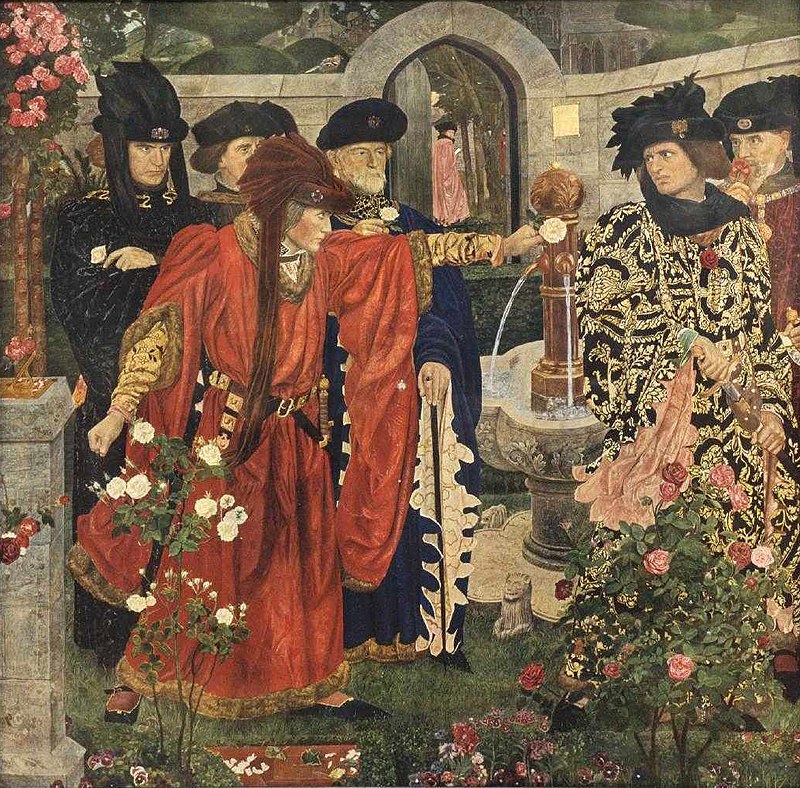
It all began in 1377, when Edward the III died and left his heir to inherit the throne. Unfortunately, his heir, Edward the Black Prince of Wales, had died the year before.
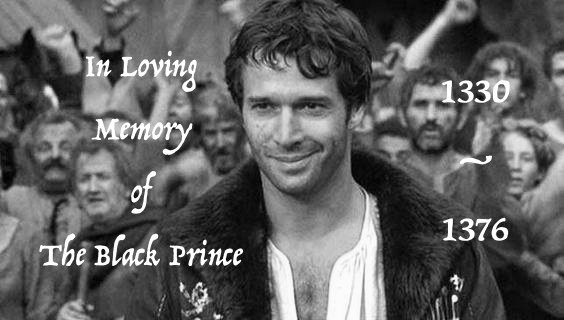
Now, in England at the time the laws of primogeniture meant that the firstborn son would inherit the throne. There’s two ways to interpret this. It could mean the oldest son and his line, or the oldest son and then to his brothers in order of age. In this case, they went with the first option, and the crown went to the Black Prince’s son Richard.

Richard the Second (henceforth to be referred to as Ricky) became king at age 10. There was a precedent for this, it wasn’t unheard of for an heir to be very young when they inherited the throne. Usually the solution was a regency: other nobles governed the country while slowly training in the heir. When the heir came of age, they would take the reins. In this case, the regents were Ricky’s uncles: Uncle One, John of Gaunt (also known as the Duke of Lancaster) and Uncle Two: Thomas of Gloucester.

These two regents were, of course, younger sons of Edward III. And they felt that, being sons of the king, they should have had their turn to inherit before their nephew. On top of this, Ricky wasn’t knocking it out of the park as a king. Though he did shine in a few instances (such as the Peasants’ Revolt), he had a tendency to play favorites and that did not go over well with his court. His uncle Thomas led a rebellion attempting to depose Ricky, but was ultimately unsuccessful (read: executed). However, Ricky’s government was ready to topple, and there was someone ready to do the toppling.
And who was it? To answer that, we’ll have to return to Uncle One, John of Gaunt. He had gotten married and had an heir named Henry, Duke of Bolingbroke. Bolingbroke thought that he had a claim to the throne– in his opinion, it should have gone to his father in the first place. So he headed up a revolt, convinced Parliament to recognize him as King, and sent Ricky to starve in a castle in the north.

As the son of John of Gaunt, Bolingbroke’s reign began the House of Lancaster. When he passed away, his son inherited fairly smoothly. You may remember him as the very-forgettable, totally-not-a-big-deal Henry the Fifth.

Henry has been seen historically as one of the greatest kings of England. He went to war with France and won, something England had been seeking for many years. He married Catherine of Valois, daughter of the French king, with and agreement from her father that their son would be crowned king of both England and France. He is said to have been harsh but fair, which was seen as the ideal balance in ruling. In summary, he set a bar for kingship that would stand in England for hundreds of years.
Unfortunately, just a little more than two years after sealing his truce with France, Henry was dead.
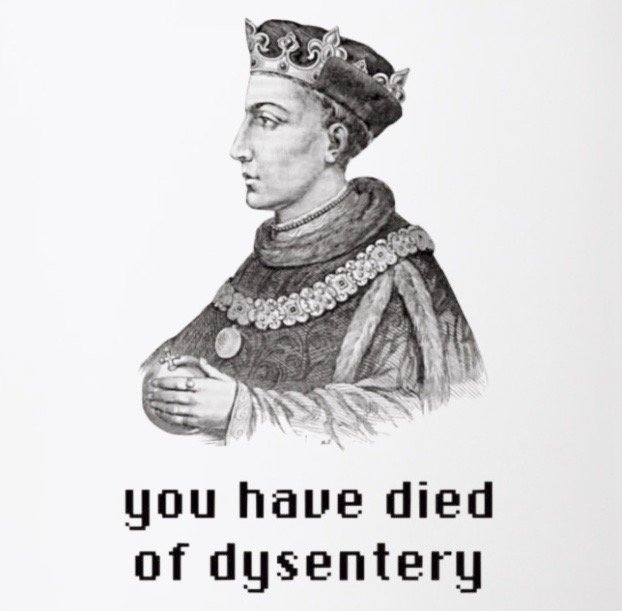
All was not lost, though. Henry had left an heir, yet another Henry. Unfortunately, he was still a baby. So though Baby Henry was crowned king of England and France, another regency would be necessary to keep the kingdom until he reached his majority. His mother, now the Dowager Queen Catherine of Valois, led the regency with Baby Henry’s two uncles. One took charge of England. The other went to hold the fort in France until Henry grew up.
Unfortunately, Henry was not wired for the position life put him in (see our episode for a savage quote on this topic read to perfection by Allison). He was mild-mannered, and not in a Clark Kent kind of way. He was also very pious, preferring the pursuits of the soul to the governing of the realm.
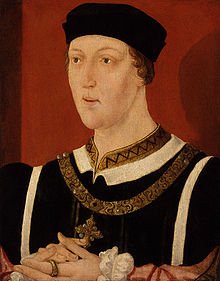
Because of this, his reign was a bit of a disaster. Within 16 years of him taking the throne, England had lost almost everything his father had won in the war with France. This was due in no small part to other factors (not the least of which was a young peasant girl named Jeanne d’Arc), but it was still a crushing blow not only to England, but the public perception of the monarchy.
Henry also suffered from recurring bouts of what was thought to be madness. Today, explanations range from epilepsy to psychosis, but whatever the reason, the political effect was the same: another regency was needed.
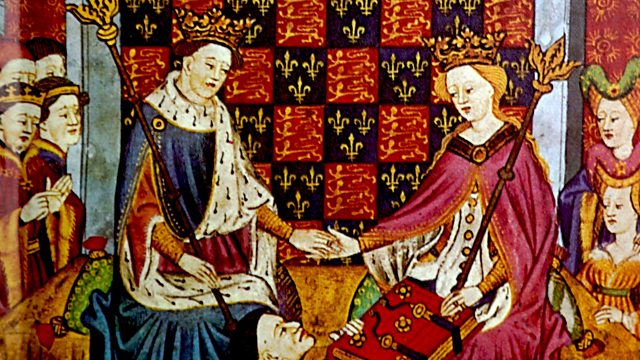
Coming in as the pinch-hitter for the kingdom was a man named, once again, Richard of York (henceforth to be called Rich). His grandfather had been Edmund of York, youngest son of Edward III. He was fairly successful as regent of England, and eventually decided that he could probably do a better job if he were simply crowned king. After all, he had a claim to the throne too.
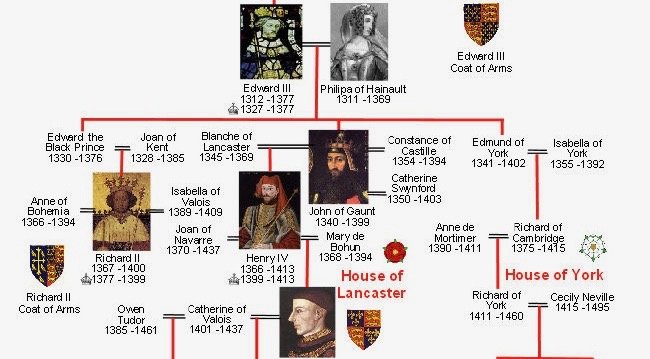
His campaign for kingship blossomed into the civil war that we all think of as the Wars of the Roses. At a certain point, Lancastrians (supporters of King Henry VI) began to be symbolized by a red rose and Yorkists (supporters of Rich) by a white rose.
Unfortunately. Rich died before his claim was realized. But once again, there was an heir to continue the line: Edward, who was 18 years old and able to take up the cause.
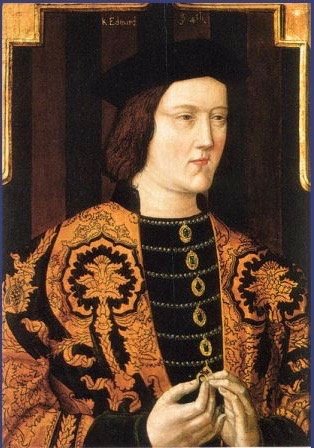
Edward was the perfect image of a king. 6’4″ tall, charming, and an excellent fighter, he was successful in claiming the crown, even fitting time for a whirlwind, fairytale romance into his busy schedule. His reign brought England a period of peace, briefly interrupted a few years in when the former queen, Margaret of Anjou, led a rebellion to reclaim the kingdom. For a time, Edward was forced to flee to a Belgium, but returned to power with the help of his brothers.
George and Richard were a contrasting set of characters. George was grasping, frequently treacherous, and never contented with his station in life. He had even joined Margaret of Anjou’s rebellion in hopes of becoming king himself, but returned to Edward’s side and was pardoned. Richard, on the other hand, had followed Edward to his exile in Belgium, fought by his side, and done everything by the book. The king had rewarded this loyalty by making him Lord High Constable of England at only 18 years old.
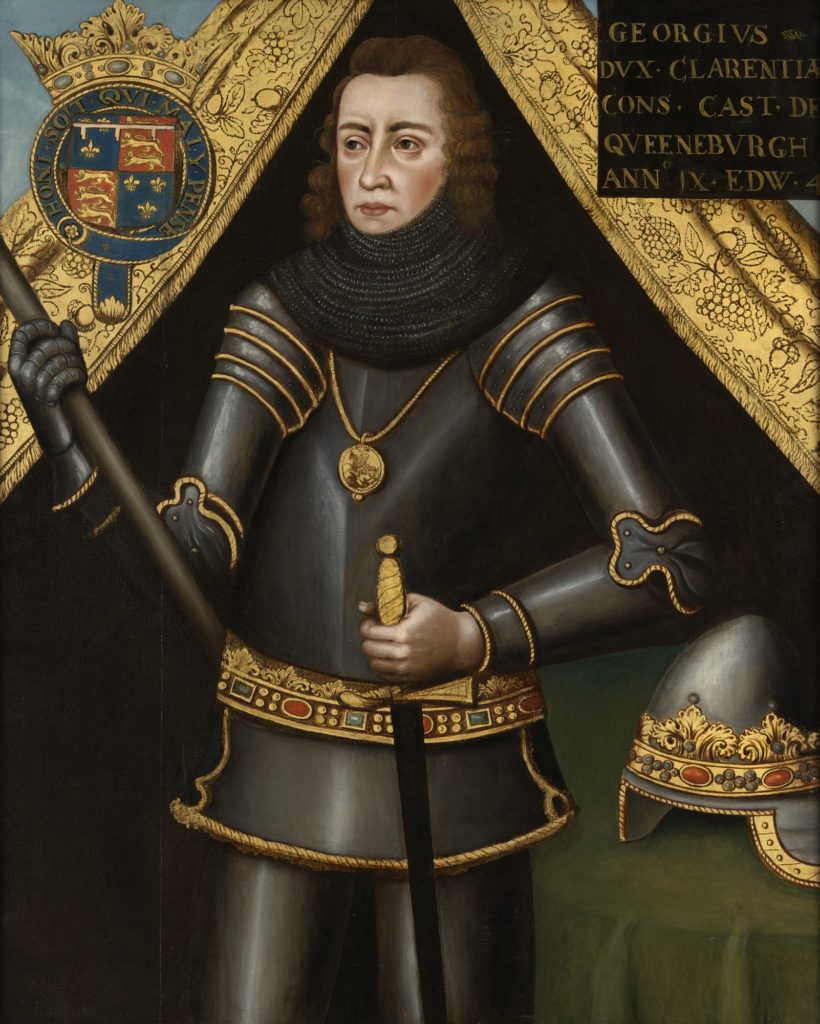
So we leave this story on a peaceful note. After 100 years of fighting, England is at rest. The soldiers can go back to their homes, and the York brothers are in harmony again. The only off-key note was that somewhere, hidden in the background, the old king died in Edward’s custody.
But on to happier things. Did we mention that the king has not just one, but two heirs? Edward, born in sanctuary while his father was in exile, and Richard. Two princes to take up the cause.
Leave a Reply